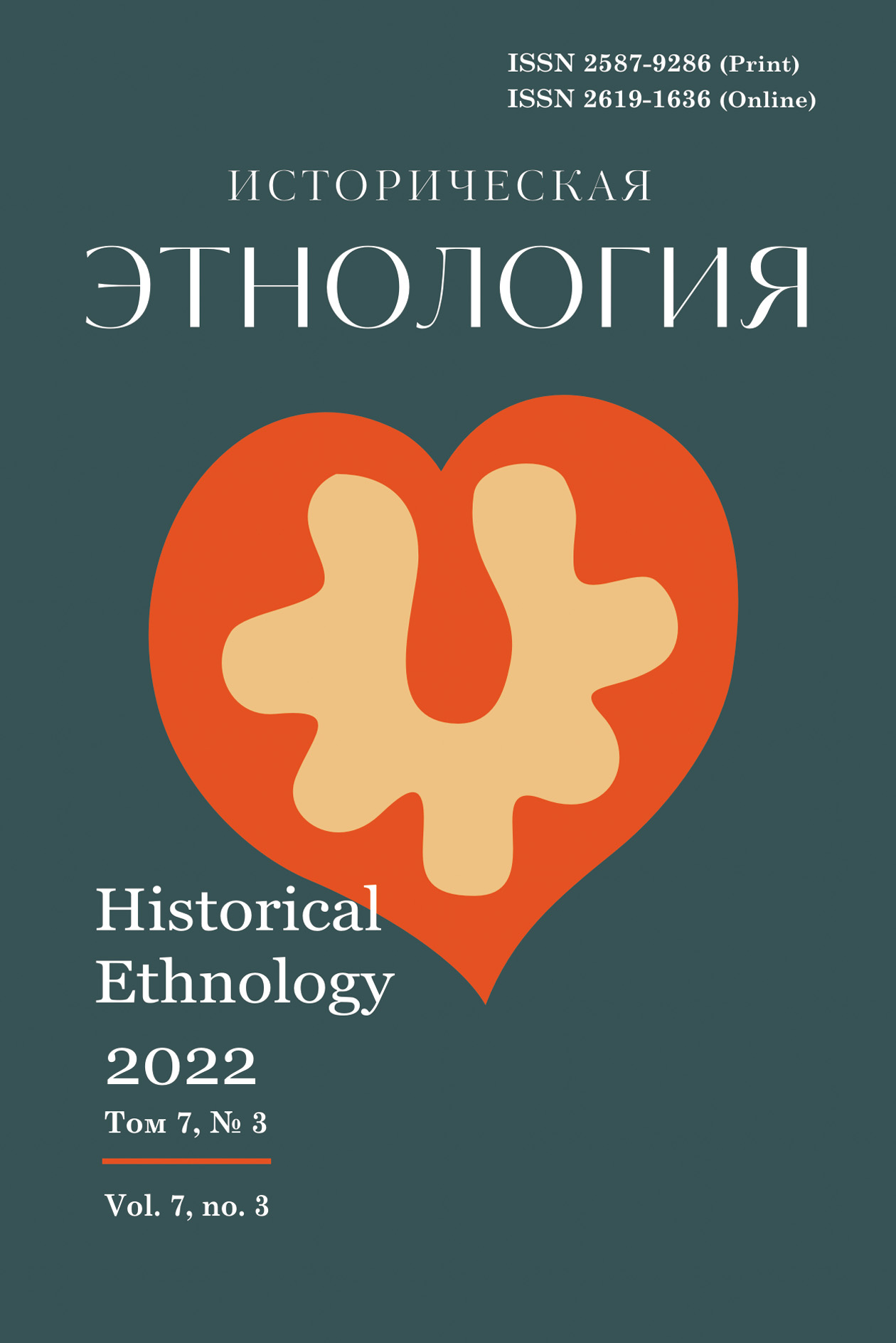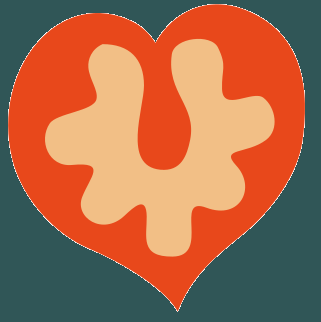
Main menu / 2022, vol.7, no.3 / Davletiyarov M.M.
Tribal relations – a relic or a reality? Davletiyarov M.M.
359-370 p. doi.org: 10.22378/he.2022-7-3.359-370 The article sets the task of identifying the features of the tribal structure, tribal relations among the Karakalpaks and their manifestations in the everyday culture of the people. Among the Karakalpaks, tribal communities are called ury. The generic structure itself is a complex hierarchy. The clans are united into two large arys – konyrat and on tort ury. Each of the arys is divided into urў, urў into tiira. In turn, tiire is divided into koshe. Each family group has its own name. The meaning of uraў is manifested in social and family life, in particular, in marital relations, when marriage is regulated by belonging to a certain genus. Karakalpaks in most cases marry between persons who are not related – uryўlas, that is, who are not relatives. The role of the ury is manifested in family relations. Most people retain family ties, regardless of the generation in which they intersect, and try not to interrupt communication with representatives of their kind. The idea of a common origin is very important for them, it serves to preserve the common genus. Preservation of family ties is the custom of appointing muryndyk ata and ene for newlyweds. Family unity is observed in funeral rites. Until the present time, the tradition of burying the deceased in the family cemetery has been preserved and relatives strictly adhere to it. It is not uncommon that the deceased is brought from afar for that. The previously existing principle of settlement according to tribal affiliation has lost its significance in modern conditions. Keywords: clan, custom, way of life, relatives, resettlement, tradition For citation: Davletiyarov M.M. Rodoplemennye otnosheniya – perezhitok ili real'nost'? [Tribal relations – a relic or a reality?]. Istoricheskaya etnologiya, 2022, vol. 7, no. 3, pp. 359–370. https://doi.org/10.22378/he.2022-7-3.359-370 (In Russian)
REFERENCES Bekmuratova A. Byt i sem’ya karakalpakov v proshlom i nastoyashchem [Everyday Life and Family of the Karakalpaks in the Past and the Present]. Nukus, 1970. (In Russian) About the author: Madatbay M. Davletiyarov, Ph.D., Doctoral Student of the Department of Ethnography, Karakalpak Research Institute for the Humanities, Karakalpak Branch of the Uzbekistan Academy of Sciences (179A, Amir Temur St., Nukus 230100, Karakalpakstan, Republic of Uzbekistan); kk_gumanitar@mail.ru
Received June 14, 2022 Accepted for publication August 1, 2022 Published Online December 15, 2022 |
Istoricheskaya etnologiya Historical Ethnology
Scientific journal







